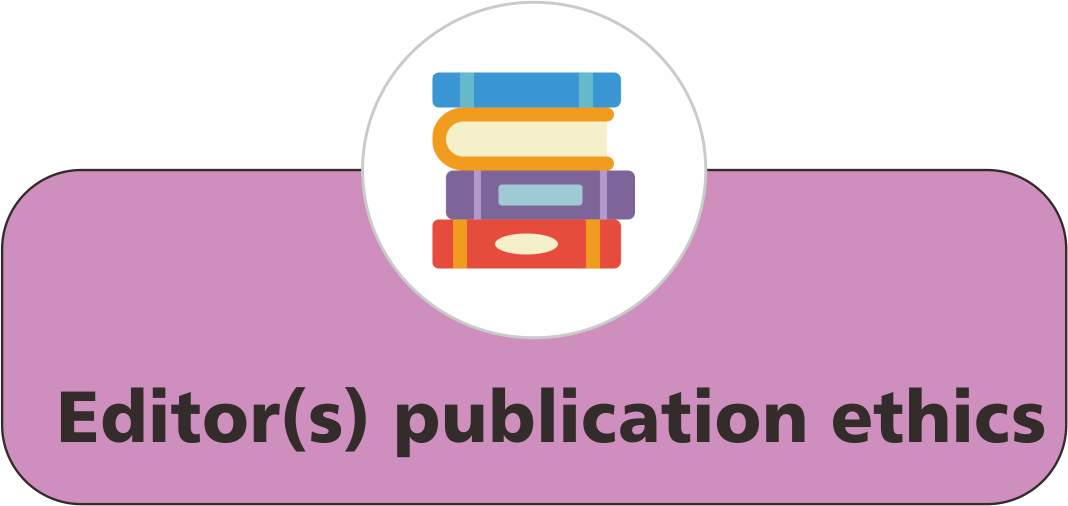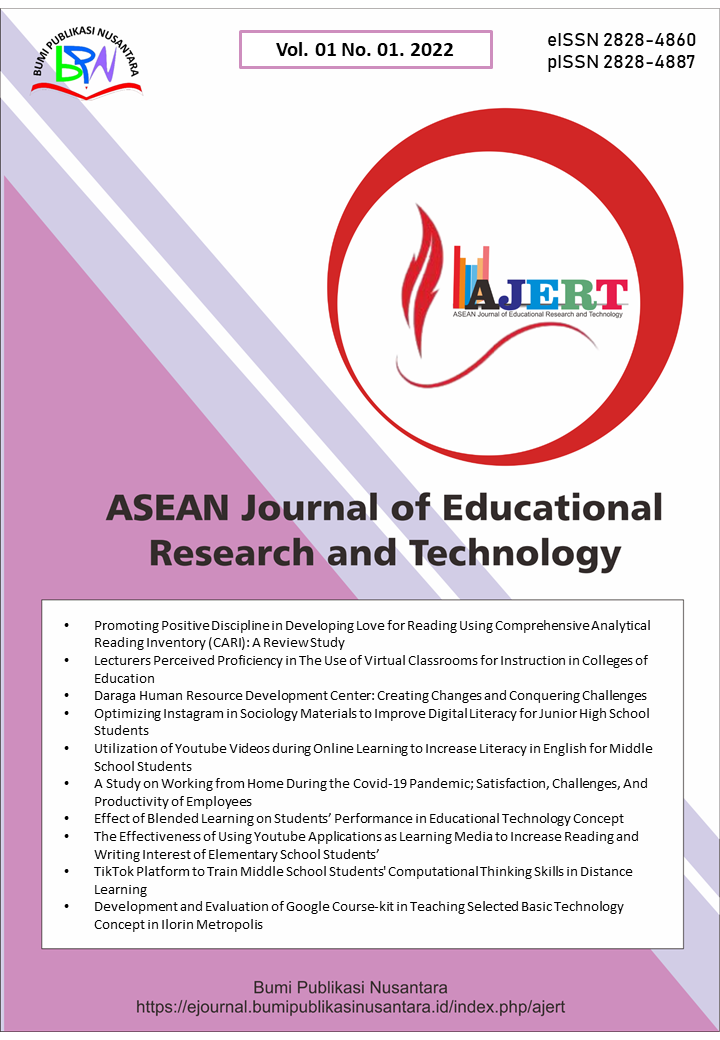Smartphone Addiction among Married Postgraduate Students
 ), Hameed Olalekan Bolaji(2),
), Hameed Olalekan Bolaji(2),
(1) Al-Hikmah University Ilorin
(2) Al-Hikmah University Ilorin
 Corresponding Author
Corresponding Author
Abstract
Keywords
References
Harwood, J., Dooley, J. J., Scott, A. J., and Joiner, R. (2014). Constantly connected–The effects of smart-devices on mental health. Computers in Human Behavior, 34, 267-272.
Jomy, A., Sharma, V., and Fatima, J. (2019). Impact of mobile phone use on marital relationship and family life in a selected residential area of Faridabad, Haryana. International Journal of Nursing and Midwifery Research (E-ISSN: 2455-9318), 6(2and3), 52-57.
Kesari, K.K., Siddiqui, M.H and Meena, R. (2013). Cell phone radiation exposure on brain and associated biological systems. Indian Journal Exp Biology, 51, 187-200
Kuss, D. (2017). Mobile phone addiction: Evidence from empirical research. European Psychiatry, 41(S1), S26-S27.
Lee, H., Kim, J. W., and Choi, T. Y. (2017). Risk factors for smartphone addiction in Korean adolescents: smartphone use patterns. Journal of Korean Medical Science, 32(10), 1674-1679.
McDaniel, B. T., and Coyne, S. M. (2016). “Technoference”: The interference of technology in couple relationships and implications for women’s personal and relational well-being. Psychology of Popular Media Culture, 5(1), 85.
Miller, G. (2012). The smartphone psychology manifesto. Perspectives on Psychological Science, 7(3), 221-237.
Parasuraman, S., Sam, A. T., Yee, S. W. K., Chuon, B. L. C., and Ren, L. Y. (2017). Smartphone usage and increased risk of mobile phone addiction: A concurrent study. International Journal of Pharmaceutical Investigation, 7(3), 125.
Ristiana, Q.A. (2022). Electrical textile: Graphite paste on gloves for touching screen of smartphones and tablets. ASEAN Journal for Science and Engineering in Materials, 1(1), 13-20.
Zirek, E., Mustafaoglu, R., Yasaci, Z., and Griffiths, M. D. (2020). A systematic review of musculoskeletal complaints, symptoms, and pathologies related to mobile phone usage. Musculoskeletal Science and Practice, 49, 102196.
Article Metrics
Abstract View : 1003 times
: 1003 times Download : 504 times
Download : 504 times
Refbacks
- There are currently no refbacks.
Copyright (c) 2023 Bumi Publikasi Nusantara

This work is licensed under a Creative Commons Attribution-ShareAlike 4.0 International License.









